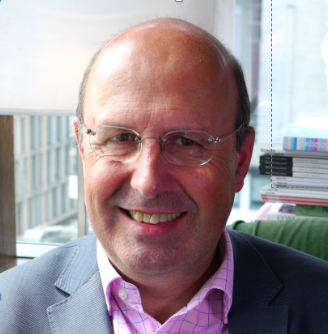You can sign up to our LinkedIn newsletter here.
The AQai model has three strands or domains
- Things you can learn to get better at
- Things that reflect your response to the challenges of adaptability
- Things that relate to the environment within which you operate
Measuring Work Stress is measuring both your internal environment as an individual and the context in which you operate. Ultimately, managing Work Stress is a negotiation between you and the people you’re accountable to, between you and the culture you are a part of and the choices you make in setting boundaries on your work.
Eustress
Within the AQai model, they refer to something called eustress. Eustress is meant to be good stress, stress that usefully stretches you, challenges you, keeps you from slipping back into comfort. If I talk to you when you have a very low Work Stress score of less than 30%, one of the ways I will challenge you on is whether you are getting enough stretch. In the most optimistic scenario, it could be you are very good at managing that stretch. You are receiving challenges, but you have found a way of being at peace with your environment and so don’t find those challenges a source of stress.
Risk of burnout
At the other end of the spectrum, you may be a very high performing individual with a Work Stress of 70% or 80%. The big challenge you face is that your discretionary capacity to deal with additional bumps in the road can be very limited. You may find you can sustain a 70%-80% Work Stress, but you are on the edge of being completely overwhelmed all the time. There is a risk is that one more straw will break the camel’s back. There is also a risk that you have become addicted to the hormones that sustain you in this state of stress and through that, you could end up with burn out. If you are constantly stimulating your adrenals, in order to maintain your activity, despite being tired, then you can end up draining your adrenal glands so that they cannot produce adrenaline. You also have a risk of increasing your cortisol, which ultimately can break through and create depression. People who sustain high levels of Work Stress indefinitely are at risk of mental and physical health problems and may have a physical or mental breakdown at some point.
Mid-range Work Stress
Let’s look at the 30% – 70% mid-range.
Understanding the spectrum of stress within that range, which is generally healthy, is still important. It can be useful to explore what are the sources of stress: are there issues within your culture, or in your working patterns or, sometimes within your home life, that is feeding to this experience of higher levels of stress.
Work Stress and Teams
Sometimes high stress is systemic in a team or systemic in an organisation. Even if it’s within that 30%-70% range, it may well be worth investigating what is going on. Ultimately these measures are indicators that you can track over time. You can help individuals notice how they are managing their stress. You can encourage them to renegotiate their relationship with the organisation so the stress is appropriate to the needs of their current situation. It gives you a key indicator of what discretionary capacity you have within different teams. As you are executing change, you can see how Work Stress evolves and how you can mitigate this with various change strategies.
Implications
The truth for individuals is they often join organisations and they leave their managers. Are your managers sustaining an environment where there’s appropriate levels of stress? Is the support and stretch for employees? Is there emerging evidence of a toxic culture of endless work that, ultimately, drains creativity and discretionary effort out of your teams?
You need to understand Work Stress to understand the capacity for the discretionary additional activity that change requires and the extent to which individuals are regularly having enough stretch to build their fitness to adapt.

Charles McLachlan is the founder of FuturePerfect and on a mission to transform the future of work and business. The Portfolio Executive programme is a new initiative to help executives build a sustainable and impactful second-half-career. Creating an alternative future takes imagination, design, organisation and many other thinking skills. Charles is happy to lend them to you.
